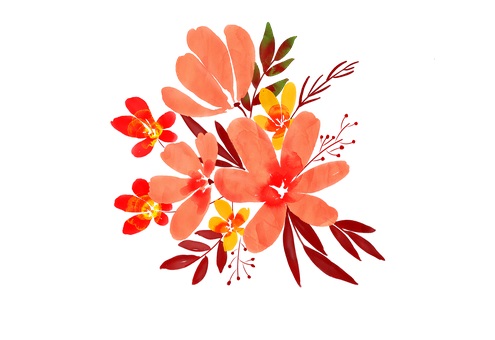Does western science promote being doubtful of anything? Since this is the case, we need to be doubtful of our own existence, our sensual feelings from ears, eyes, nose and tongue, and even our own perception. We cannot only be doubtful of the existence of the creator, theism, and idealism, etc, yet not be doubtful of ourself. If this is the case, then it’s a partial and biased act.
~Depicted from LUMINOUS WISDOM BOOK SERIES











